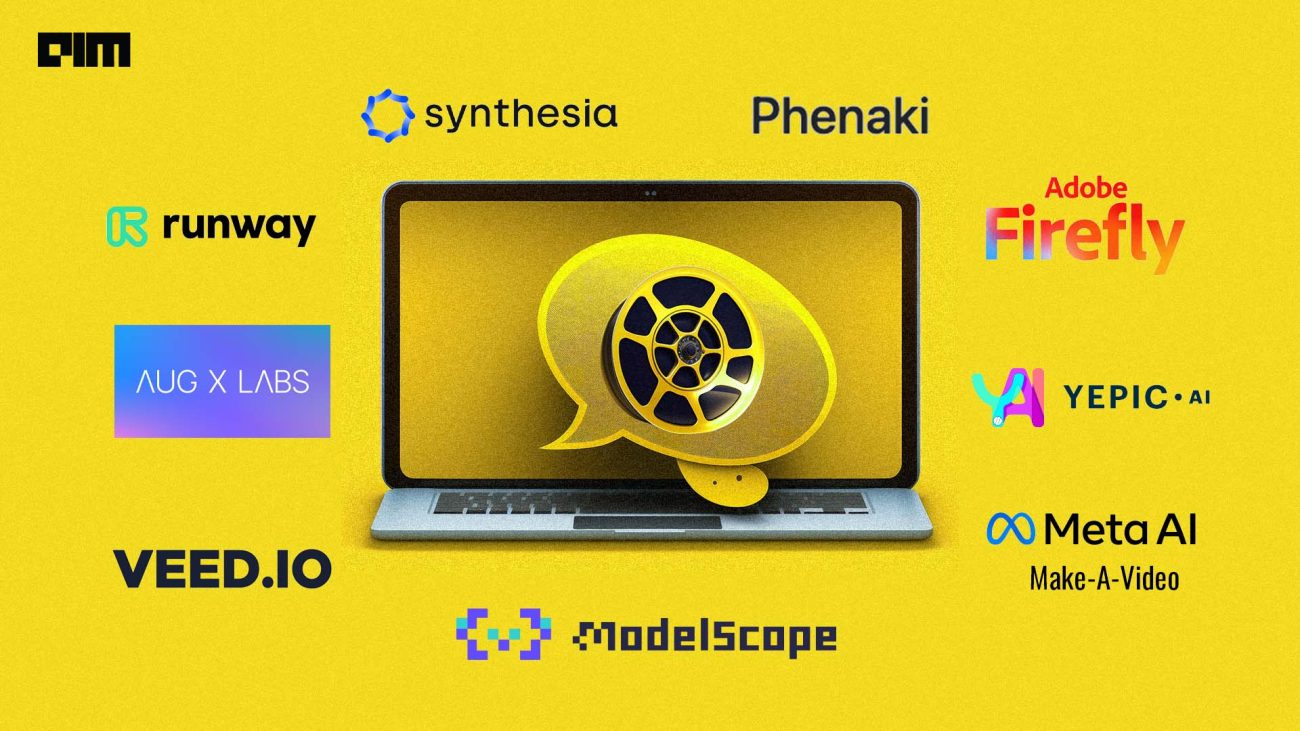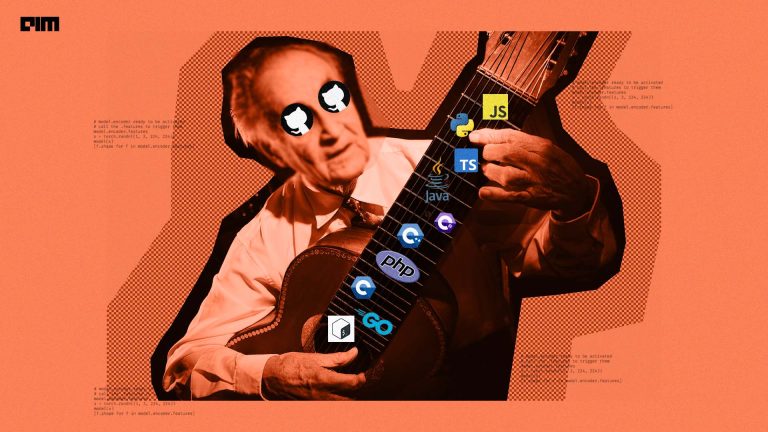|
Listen to this story
|
With the market crowded with AI video tools, everyone can try their hand at making and editing videos. There are sophisticated features to play with as well. AI softwares makes it possible to convert text into video, a variety of editing possibilities, generating avatars, and more—all surprisingly fast. Here is a list of tools for everyone to make videos from text prompts!
RunwayML
Apart from text to video features, Runway ML offers Video Inpainting, Frame Interpolation and Custom AI Training features.
When used as an editorial tool, Runway ML might not meet expectations in terms of providing comprehensive features because their templates are similar to that of Canva. It lacks fundamental editorial functionalities like VST, split edit, and ripple trim.
Though the editor feature itself is quite basic – likely derived from existing open-source tools or codecs, their fast performance and ability to export mattes and ProRes files proves Runway ML to be a powerful tool. It also encompasses various AI capabilities aimed at enhancing speed and includes an inpainting feature, although its effectiveness in that regard is yet to be fully explored.
Synthesia
Synthesia is another text to video software that is simple and convenient and can create high-quality professional videos. With its lifelike voiceovers and extensive library of avatars and languages, you can produce videos from text, and youtube is beginning to be populated with them. Founded in 2017, they have been bundling this tech for 3 years before it went live with its first product.
They use a series of neural networks to make a custom avatar and require around 15 min of footage to train their models. All the avatars in our studios are made in this way, so all of them are captures of real humans. The tool is user-friendly for folks new at video editing and allows customisation of lifelike voiceovers, avatars and languages. Their videos already seem to be popular on Youtube!
Adobe Firefly
A veteran in the field, Adobe has recently been in the thick of copyright cases. With Firefly, Adobe is trying to avoid the same fate with their Content Authenticity Initiative. Firefly AI Art can create visuals, vectors, movies, and 3D models from text. Users can modify a video’s ambiance, lighting, and weather easily. It also allows the generation of custom marketing and social media materials with minimal text input, such as posters, banners, and social media posts.
Their upcoming features are designed specifically for professionals. They include the ability to transform text into editable vectors, generate patterns using text prompts, personalize Firefly’s output by training it on your own images, and generate images from 3D elements and more.
Modelscope
The development community at Hugging Face made ModelScope, a Text To Video Synthesis. This tool uses machine learning and allows users to create movies from text using a special deep learning model. It’s designed to be user-friendly, even for people who have little knowledge of machine learning. Users can access ModelScope Text To Video Synthesis and other machine learning applications, models, datasets, and information on the Hugging Face Space platform.
They’re adding updates on a daily basis with better video animations, smoother and more coherent. The videos however still have the ‘shutterstock’.
Yeptic.ai
Yepic Studio, an AI-powered video production tool, allows users to create and translate engaging talking head-type videos within minutes, without the need for professional cameras, performers, or studios. The quality of the videos are still basic but look promising. They have a lip sync translation in eight languages and live dubbing in five languages. Users can try their library of avatars and the talking photo feature that transforms images into avatars.
Yepic Studio can incorporate content into videos, supporting 68 different languages. The VidVoice feature helps users overcome language barriers by providing real-time and dynamic dubbing to video content.
Aug X Labs
It is another company that uses AI technology to create videos using text prompts. Podcasters, radio presenters, comedians, and musicians, to add engaging visuals to their work with this platform. They can just submit their audio or video recordings to Augie, their virtual assistant which makes from the given prompts, no technical skills needed. They also have an open invitation for creators from anywhere to join their beta program and start creating films.
Veed.io
Originally intended to be a video editing platform they quickly added a range of features including recording a video, subtitle and transcription and now they’ve recently expanded their AI suite. They now plan to launch AI avatars and improve their existing features. Veed is subscription based with well stocked media files, and well designed tools, even in the free version. The text-to-video feature works like the others but using their stock image and video files. And like always, the free version is not as sophisticated as the paid ones.
Make-a-video
Make-A-Video is yet another AI-powered platform that allows users to create professional-quality videos based on text instructions. The platform can even learn from videos without labels, making it even more versatile. Make-A-Video also can add transitions between still photos to make them appear like they’re moving. Furthermore, users have the flexibility to customize your movie in various ways.
Phenaki
Phenaki addresses the challenges of generating videos from text, such as computational cost, limited high-quality data, and varying video lengths. It uses a novel approach that compresses videos into smaller tokens using causal attention, allowing it to handle videos of different lengths. By training on a combination of image-text pairs and video-text examples, Phenaki achieves generalisation beyond available video datasets. Compared to previous methods, Users can generate videos of any length based on a sequence of prompts or a story in various subjects.









































